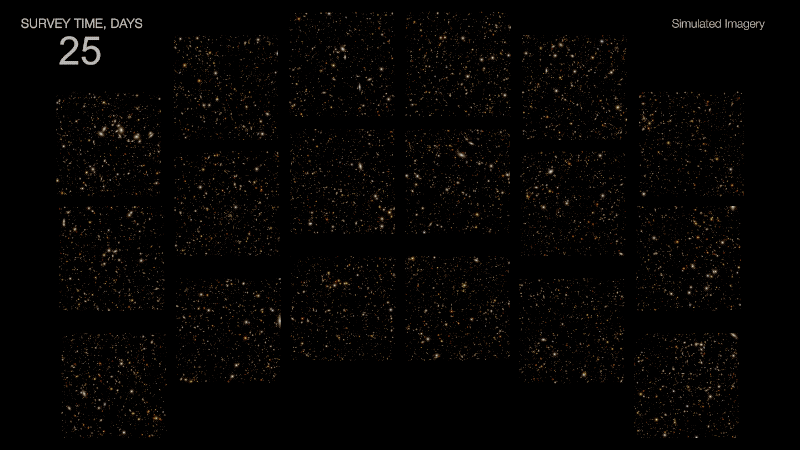Rare Solar Storm Lights Up Ladakh Skies in May 2024
Astronomers reveal the story behind powerful solar eruptions that caused northern lights in Ladakh last year. The storms disrupted communication systems and power grids. Researchers from Indian Institute of Astrophysics used NASA & ESA data to study the unique solar blasts.
Astronomers have uncovered the story behind a series of powerful solar eruptions known as Coronal Mass Ejections (CMEs), leading to rare northern lights in Ladakh's skies in May 2024. These solar storms were unlike any seen in the past two decades.
CMEs are massive ejections of magnetized plasma from the Sun's corona. When directed towards Earth, they can cause geomagnetic storms disrupting satellite operations, communication systems, and power grids. The geomagnetic storm in May 2024 was linked to a sequence of six CMEs erupting successively, associated with solar flares and filament eruptions.
Understanding how CMEs evolve from the Sun to Earth has been challenging due to limited observations. A team led by Dr. Wageesh Mishra from the Indian Institute of Astrophysics used data from NASA & ESA missions to study the six interacting solar blasts reported from Ladakh. They found that the CMEs change their thermal behavior mid-journey, absorbing and holding onto heat.
At Earth's doorstep, scientists discovered two intertwined magnetic structures in the final storm cloud, termed 'double flux ropes.' These structures exhibited complex patterns of heating and cooling between electrons and ions.
The study, published in the Astronomy and Astrophysics Journal, advances space weather forecasting models, especially in predicting the impact of CME events on Earth's magnetosphere.
Dr. Mishra mentioned plans to incorporate data from India's Aditya-L1 space mission to enhance the study of CMEs from the Sun to Earth.
According to the source: Department of Science & Technology (DST).
What's Your Reaction?
 Like
0
Like
0
 Dislike
0
Dislike
0
 Love
0
Love
0
 Funny
0
Funny
0
 Angry
0
Angry
0
 Sad
0
Sad
0
 Wow
0
Wow
0

















































































































































































